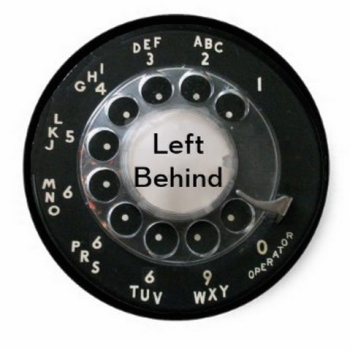Multifaceted but Cohesive: The Sustaining Power of the Communal Tradition
 By Michele Dillon
By Michele Dillon
Although it often appears as a great monolith, Catholicism is a diverse and multifaceted tradition that has evolved over the long course of history to adapt to the press of cultural and political change. In continuity with its past, the future of Catholicism will undoubtedly incorporate new strands into its theology, organizational structure, and everyday practices.
Ironically, while current globalizing trends eliminate borders (in migration, trade, information, ideas, etc.), Catholicism, long a global tradition, appears substantially divided by geography. Its historical core, European Catholicism, is largely secular though still enmeshed in Catholic rituals and symbols; North American Catholicism is vibrant and dissenting; in South America, a competitive Catholicism ekes out space against a growing Pentecostalism; and African Catholicism is growing but theologically conservative. All of these strands intersect, and the tensions amidst this diversity will actively shape the future of Catholicism. Of immediate interest is how these different Catholicisms manage to present as authentically Catholic and how the varied claims at issue are negotiated so as to maintain the relative unity of a global Catholicism. For researchers, the time is ripe for the comparative study of Catholic practices and of the theological and hermeneutic strands that not only legitimate but enliven a pluralistic Catholicism.
While geographical boundaries clearly shape the diverse terrain of Catholicism, the global flows of people, ideas, and practices present new opportunities for the revitalization of Catholic parishes, still the prime site of Catholic socialization and the crafting of an everyday Catholic identity. The importation of more dynamic liturgical and worship styles from Africa and South America will surely enrich many North American and European parishes. These innovations are likely to take root as a result of increased South-North migration and abetted by the increased reliance in the U.S., for example, on African priests as a stop-gap measure against its own priest shortage. Whether American Catholics will take kindly to such culturally different pastoral leaders remains uncertain.
The priest shortage is the one major trend that will most likely shape the future of Catholicism. This problem is most acute in the U.S. where the proportion of Catholics remains steady, largely as a result of immigrant Hispanics, while the aging of current cohorts of priests and the lack of young priests to replace them presents a significant challenge to maintaining the pastoral and sacramental life of Catholicism. The Mass is core to Catholicism, and is equally meaningful to liberal and conservative Catholics. A future Catholicism in which the salience of the Mass is attenuated due to the lack of priests would mean a very different Catholicism and would radically disrupt the church's living tradition.
A future Catholicism in which married male priests and/or ordained women priests celebrate Mass would also constitute a major shift but one, nonetheless, that would maintain the church's core communal sacraments. If Catholic leaders and laity were to ponder which among these scenarios would better preserve an active Catholicism, it's likely they would favor the introduction of married and/or women priests rather than opt for marginalizing the salience of the sacraments.
Cultural fissures in the church suggest that African church leaders would more likely oppose women than married male priests, and also oppose any liberalization in the church's teachings on sexuality, especially regarding the rights of gays in the church and civil society. It's hard, however, to imagine a future Catholicism that can maintain legitimacy while continuing to discount the sincerity of women and gay Catholics who desire fuller participation in the sacramental life and hierarchical governance of the church. Catholicism runs the risk of becoming sect-like rather than the public catholic church its tradition honors if it excludes women and gays, especially while their rights and achievements in western civil society continue to expand.
Many faithful American Catholics already express a lot of dissatisfaction over these issues and, in general, contest the church hierarchy's unilateral exercise of authority. Their continuing loyalty to Catholicism cannot be guaranteed, however, especially amidst current trends toward denominational disaffiliation and the rising popularity of small groups in which Catholics convene to deepen their spirituality. Moreover, younger cohorts who have experienced a less rigorous Catholic socialization than their parents and who are less in the thrall of the promises of Vatican II, are less likely to stay within the Catholic fold if their everyday encounters with Catholicism are incongruous with their other lived experiences.




